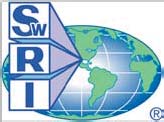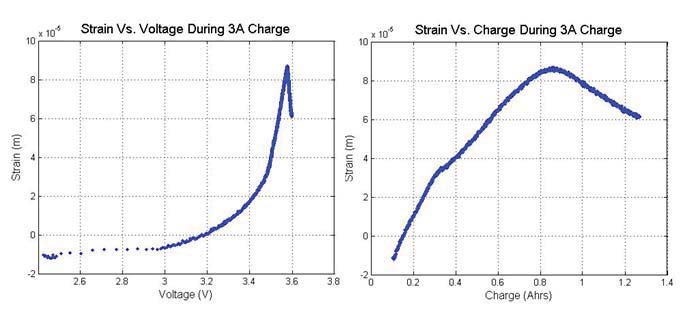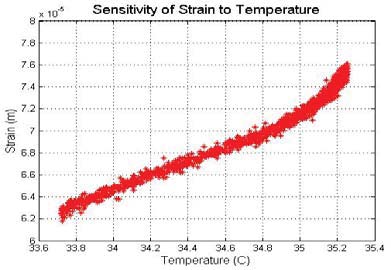11310 hope nebulizer 1208
HOSPITAL: Respiratory Care Services Policy and Procedure Manual Policy and Procedure Title: HOPE™ Continuous Nebulizer Protocol Area: Respiratory Care Services Performed by: Respiratory Care Practitioners Policy Number: Approved by: Current Effective Date Approved by: Review Date Approved by: Revised Date Approved by: POLICY This p

 ENGINE, EMISSIONS, AND VEHICLE RESEARCH DIVISION
SwRI Energy Storage System Evaluation and Safety (EssEs) Consortium Member Feedback Questionnaire
Dear EssEs Member:
ENGINE, EMISSIONS, AND VEHICLE RESEARCH DIVISION
SwRI Energy Storage System Evaluation and Safety (EssEs) Consortium Member Feedback Questionnaire
Dear EssEs Member:
 Lithium Plating Effect at Low Temperature
Lithium Plating Effect at Low Temperature 5. Please suggest other topical area of interest if you like.
5. Please suggest other topical area of interest if you like.